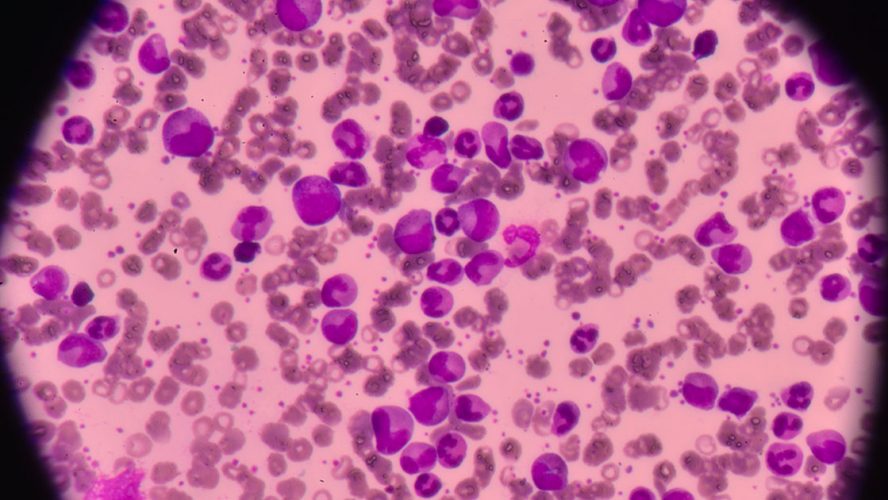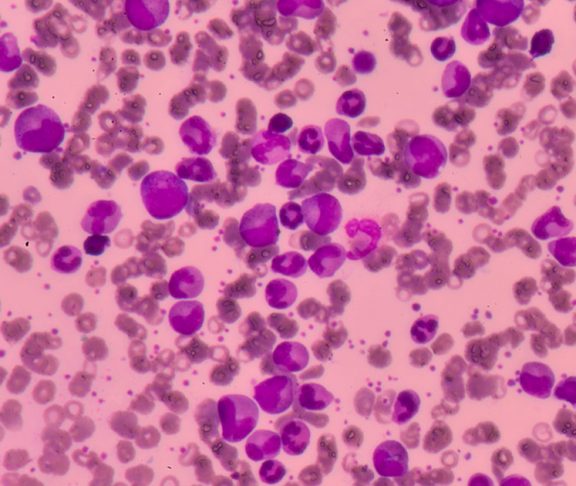Minimal residual disease (MRD) cells are often found in those who have been treated for cancer but still have lingering leukemic cancerous cells during and after the treatment. If these cells go undetected and ultimately untreated, it can lead to a potential relapse for afflicted patients. There are, however, various options that have been developed to help detect these submicroscopic traces of cancerous cells.
Overview of MRD
Those who have suffered from acute lymphoblastic leukemia (ALL), chronic lymphocytic leukemia and multiple myeloma may be at risk of having MRD cells remaining within their bone marrow after treatments. Those who are undergoing stem cell transplants may also be at risk for MRD, according to ProQuest’s study, “Standardized MRD quantification in European ALL trials: Proceedings of the Second International Symposium on MRD assessment in Kiel, Germany, 18–20 September 2008.”
Approximately 20 percent of children who have suffered from acute lymphoblastic leukemia and were treated with chemotherapy have relapsed due to MRD. According to I-Revues’s “Atlas of Genetics and Cytogenetics in Oncology and Haematology” study, “In addition to providing a parameter to identify patients at a higher risk of relapse, MRD can also identify patients with excellent early treatment response and undetectable (< 0.01%) MRD after 2 to 3 weeks of therapy.”
Treatment of MRD
I-Revues reports that it’s often difficult to use traditional means, such as “the morphologic examination of cells in bone marrow smears,” to detect if MRD cells are present during treatments.
The American Society of Hematology’s “Blood Journal” reports that, while nothing is totally reliable in estimating a patient’s risk of relapse, there are various options. They reiterate that morphologic exams are subjective and limited, saying, “To be detected with certainty, the leukemic blast cells must constitute at least 5 percent of the total nucleated cell population.”
Methods have been developed to detect these levels of leukemia in ALL and other leukemic patients, and to detect the negligible levels of MRD. Polymerase chain reaction and flow cytometry are two ways that leukemic cells can be distinguished from normal cells. However, further analysis is needed to determine which methods are most trustworthy.

